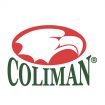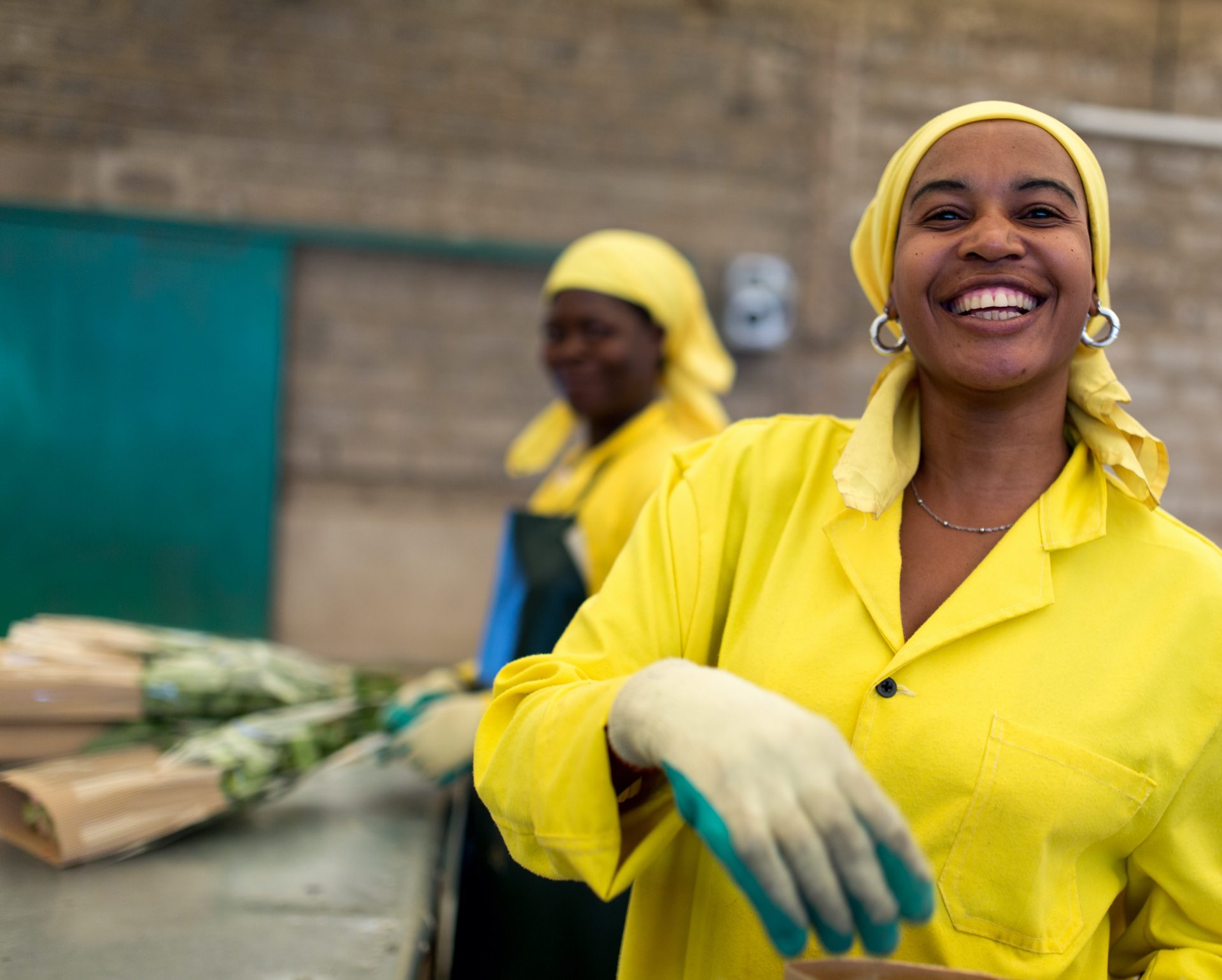Banana Impact Report – 2020
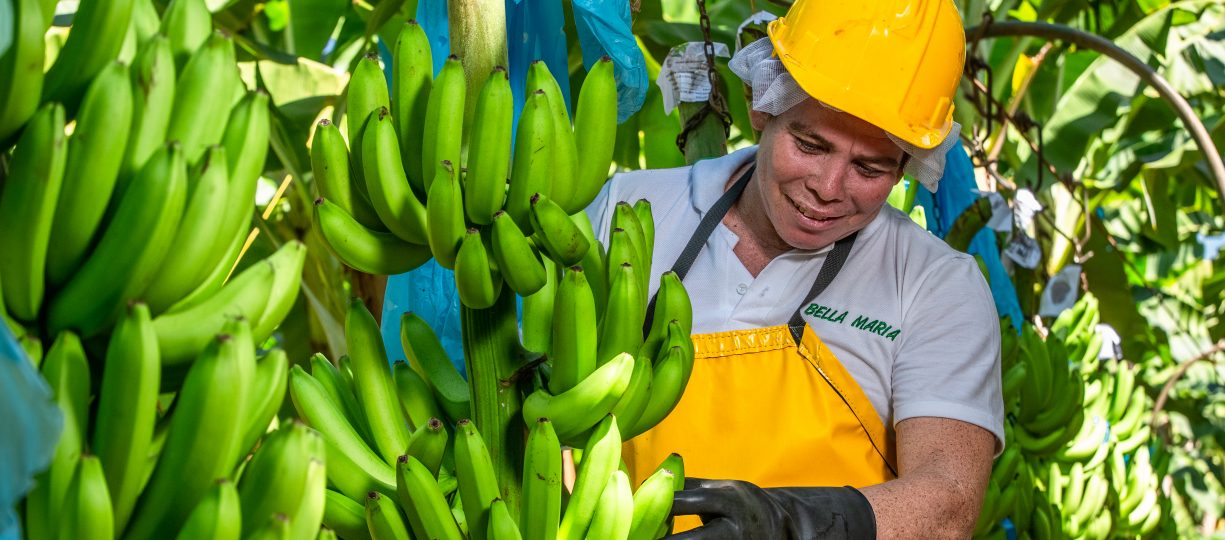
Our Geographic Reach
Fairtrade’s work with banana producers and workers began over two decades ago. Since that time, the area of Fairtrade banana production has increased to 115,860 acres to satisfy the growing appetite for fair trade bananas.
Colombia, Dominican Republic, and Ecuador were the largest suppliers of Fairtrade bananas for the United States in 2020. Colombia was the biggest player in the market, commanding 32% share of Fairtrade banana exports worldwide.
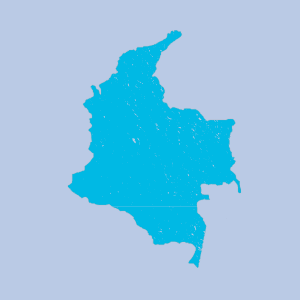
Colombia
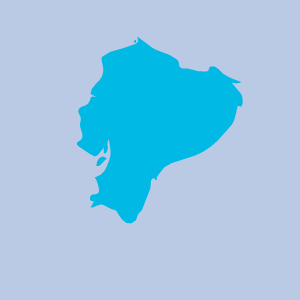
Ecuador
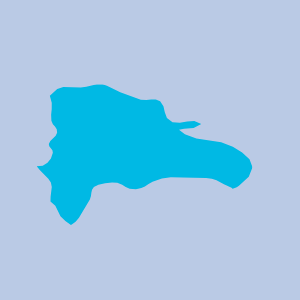
Dominican Republic
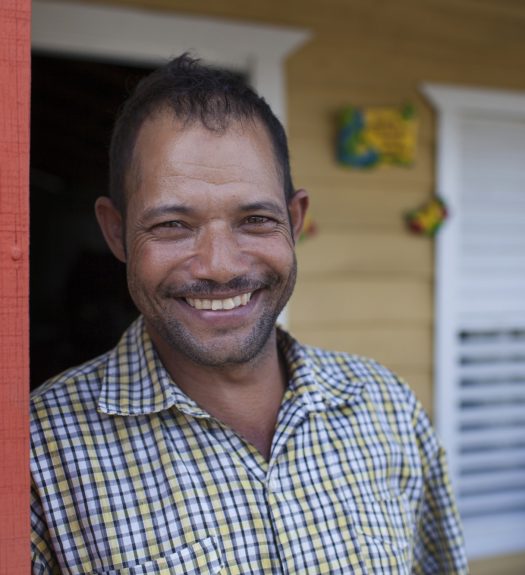
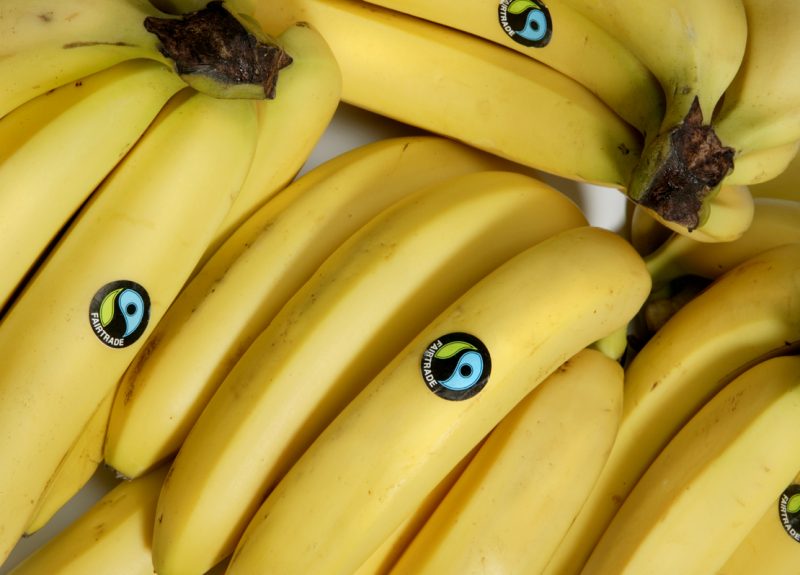
Better wages for workers
The Fairtrade Minimum Price has been a standard Fairtrade feature since the beginning: a tool to protect farmers in volatile markets. Now we are adapting our approach by making the business case for better wages for workers. In December 2020, the new Fairtrade Base Wage for workers on banana plantations was introduced. This required wage is set at 70% of the take-home pay needed for a living wage. The Base Wage is unique among certifications and will bolster security and stability for many workers on banana plantations. This important step is the result of our work as a founding member of the Global Living Wage Coalition, an international consortium setting living wage benchmarks using a transparent methodology.
Fairtrade Banana Market Landscape in the US
In a strongly competitive retail landscape, large retailers continue to push prices lower to attract shoppers into their stores. Price wars can have devastating effects on workers and producers, who see their income reduced to below their cost of production. Low prices can also have a negative impact on the environment in banana-producing countries since farmers lack the money to invest in more efficient water use and climate change mitigation projects.
For Fairtrade, this race to the bottom for banana retail prices presents both a challenge and an opportunity to continue innovating and engaging with companies to address the many issues that exist in banana supply chains.
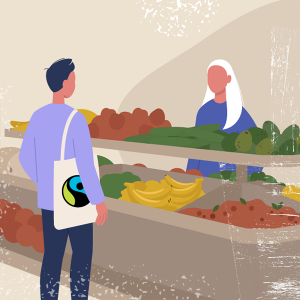
59% of shoppers said they would be more likely to buy fresh produce that contained a “fair trade” label.

76% and 238%: The increase of Fairtrade bagged produce sales in the MULO and Natural channels, respectively.

Sustainability-marketed branded products command a 39.5% higher price than their conventionally marketed branded counterparts.
Snapshot: Fairtrade Sales Volume & Premium
Producers are steadily increasing their sales of Fairtrade bananas in the U.S. market with an annual growth of 10% between 2019 and 2020. Fairtrade Premium earnings grew by 9% and topped over $700,000 with Latin America and the Caribbean receiving the largest share reflecting their high production volumes. Sales of organic Fairtrade bananas have grown faster than conventional bananas increasing by 25% between 2019 and 2020. Organic Fairtrade bananas account for 99% of total Fairtrade sales.
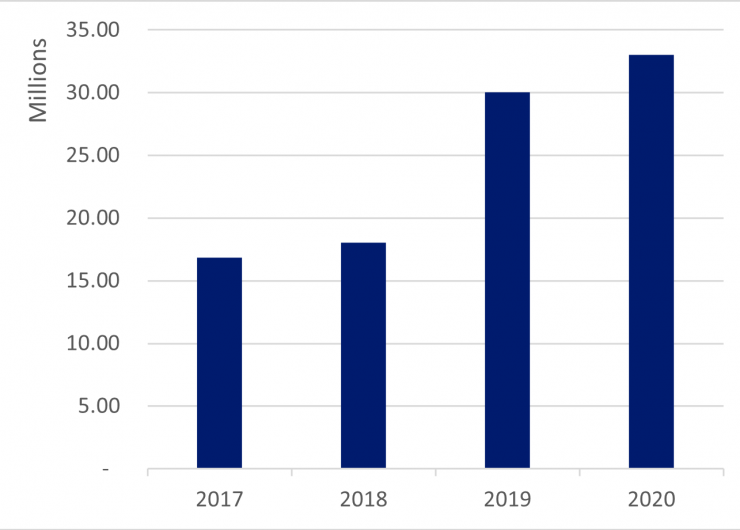
Fairtrade banana US sales volume
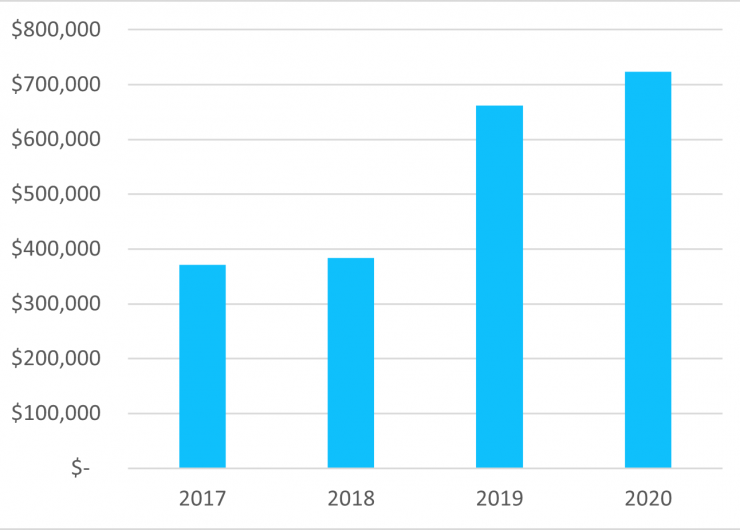
Fairtrade Premiums generated through US banana sales
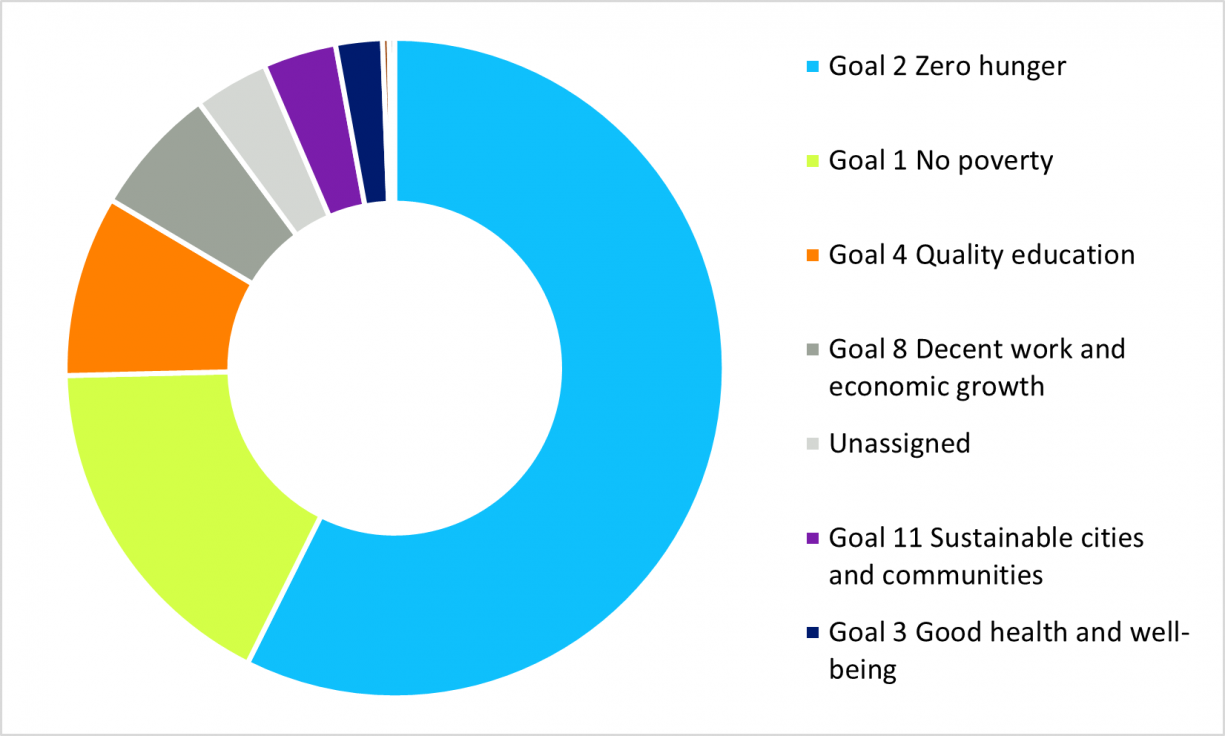
The Sustainable Development Goals (SDGs) are global goals designed by the United Nations General Assembly to be a “blueprint to achieve a better and more sustainable future for all”. Fairtrade Premium investments made by banana producers contribute to several of the UN Sustainable Development Goals (SDGs). While most activities can apply to more than one SDG, here we have mapped each category of spending to a unique SDG for simplicity.
- SDG2 (zero hunger) aims to end hunger, achieve food security and improved nutrition, and promote sustainable agriculture. 57% of Fairtrade Premium funds invested by producers contributed to this goal, primarily through services to members, such as cooperative administrative costs, as well as export and packing facilities, to name a couple.
- SDG1 (no poverty) is central to Fairtrade’s mission. 17% of Premium spending contributed to this goal and included funding for financial services, such as loans and rotating funds for workers, and direct cash payments to workers and co-op members.
- 9% of Fairtrade Premium funds contributed to the achievement of SDG4 (quality education). This included the provision of scholarships and bursaries; school uniforms and books; loans for education and payment of school fees.
The Fairtrade Premium has also enabled many organizations to invest in their farms and become more competitive, and it has enabled communities to enjoy better infrastructure, services and economic opportunities (see Cooperativa de Servicios Múltiples Bananera del Atlántico story). Fairtrade Premium spending contributed to SDG8 (decent work and economic growth) and SDG11 (sustainable cities and communities) through housing, development projects, and environmental initiatives.
Producer Story: Conservation at the Heart of Sustainability
The region of Changuinola has historically been known as the ‘banana production enclave’ of Panama. Faced with economic crisis and labor conflicts between workers and employers in the 1990s, many banana companies ceased operations in the area during that time. Some, however, remain and thrive.
Cooperativa de Servicios Múltiples Bananera del Atlántico (COOBANA) is one of them. Founded in 1991 by a group of 74 workers, COOBANA became Fairtrade certified in 2010 and has since expanded to 250 members exporting 962,000 boxes of bananas in 2019 alone. As a result of better prices and the Fairtrade Premium, the organization has been able to invest in projects to improve the productivity of farmers, as well as benefit the community through projects that focus on access to education, healthcare, housing and development.
COOBANA has also played an important role in conservation within the region. Eager to preserve the unique ecosystem in which it operates, COOBANA has channeled Premium funds to support the environmental protection and biodiversity in Changuinola. The geographical span of the terrestrial and aquatic ecosystems of this wetland covers approximately 20,025 hectares in the west of Bocas del Toro province, including parts of Changuinola and Guabito regions. This wetland is a habitat of significant importance for waterfowl and various wildlife species that are in danger of extinction, notably manatees and sea turtles. The site also contains a representative variety of plant species characteristic of the area, such as mangroves and gray forests. The wetland itself replenishes the aquifer that provides water to many inhabitants of the region.
“Our main objective is to produce environmentally friendly bananas and preserve the biological diversity of our region, which is why we have invested in the reforestation program,” says Chito Quintero, one of the banana producers of COOBANA who has been closely involved in the project.
To protect this unique natural jewel, COOBANA focused on three main interventions:
- Reforestation Program: In 2013, the producer organization acquired a property of 22 hectares on the riverbank where it began a reforestation program. COOBANA signed an agreement with Panama’s Ministry of Environment to carry out the project and used their Fairtrade Premiums and secured contributions from the World Bank to finance the project.
- Environmental Education and Community Involvement: COOBANA has established targeted programs to develop and improve the quality of life of the inhabitants of the area, raised awareness among community members to increase the protection of species in the area, and provided environmental education to producers and workers of the cooperative.
- Sea Turtle Monitoring Program: Launched in 2018, this program started with the construction of a breeding zoo for sea turtles, which involved cleaning the roots of the trees so that turtle nests are not damaged.
“Besides the financial investment, we mobilized volunteer students, parents and teachers from different nearby educational centers. With their support, it was possible to plant 13,000 trees of a native species of the region,” Quintero said.
“This area is now returning to its natural state, contributing to the preservation of our environment and our planet.”
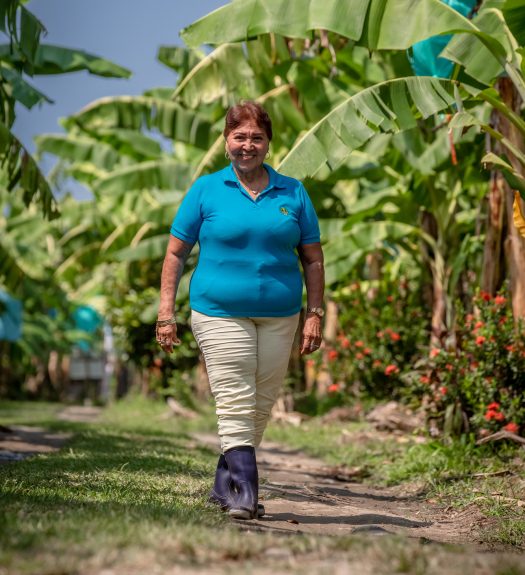
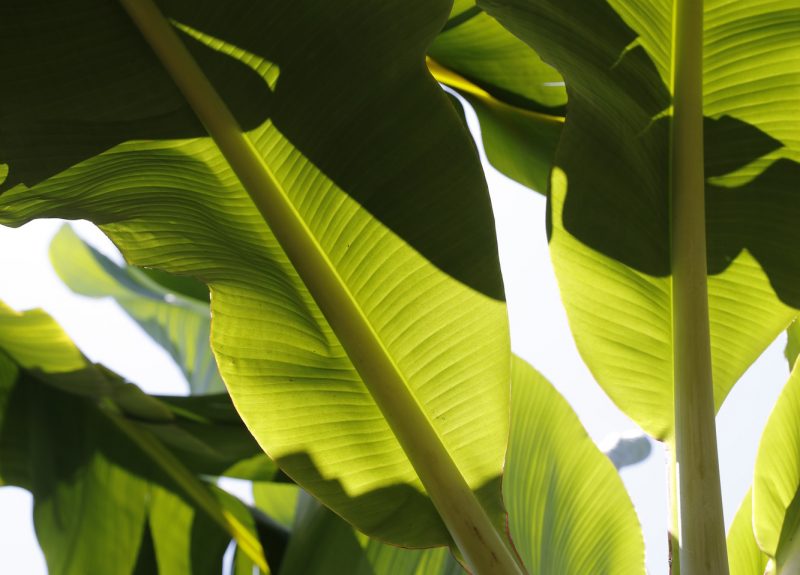
Navigating the Global Pandemic
In the face of unprecedented challenges, our Fairtrade community has been resilient and a source of inspiration during the COVID-19 global pandemic. Our activities throughout 2020 to date were guided by our mission to achieve a more equitable world where farmers and workers can maintain a decent and dignified livelihood through fair trade, and we continually provide updates on our pandemic-related efforts here.
Join our global movement to build radical collaboration and impact by:
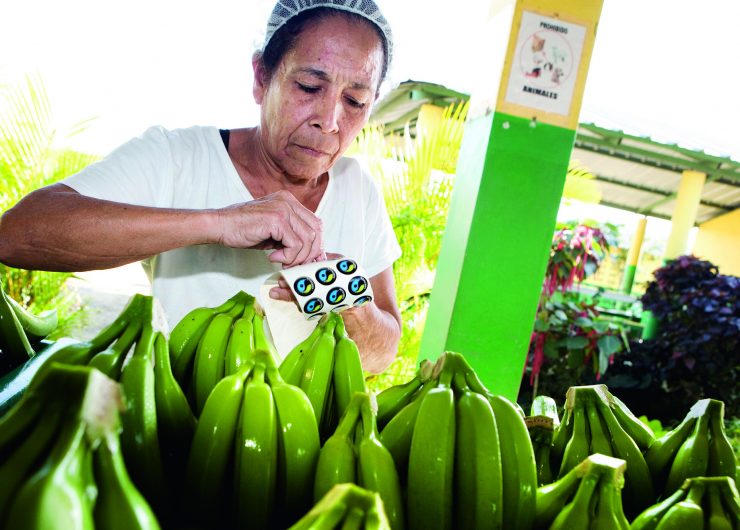
Increase your supply chain transparency
We offer several approaches to help your supply chain become more transparent and sustainable. We also foster long-term relationships with suppliers empowering them to increase their responsiveness to market trends.
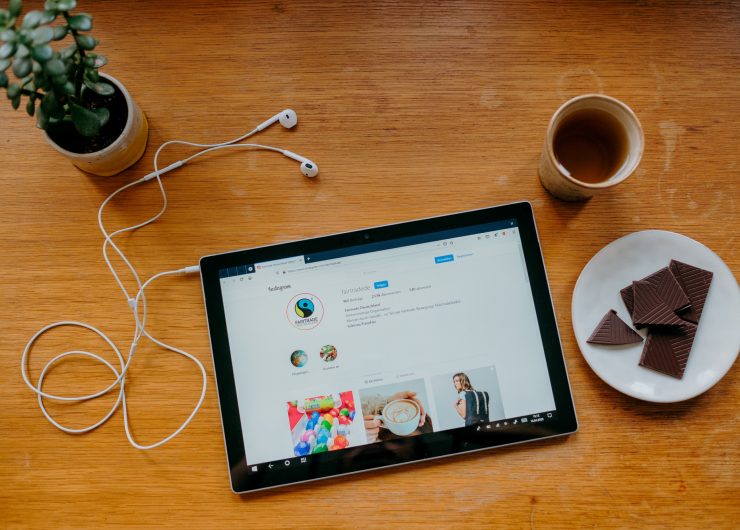
Advocate for Fairtrade
We are spreading the word about Fairtrade in the media and online. Share contents of this report and work with our team share your Fairtrade story.
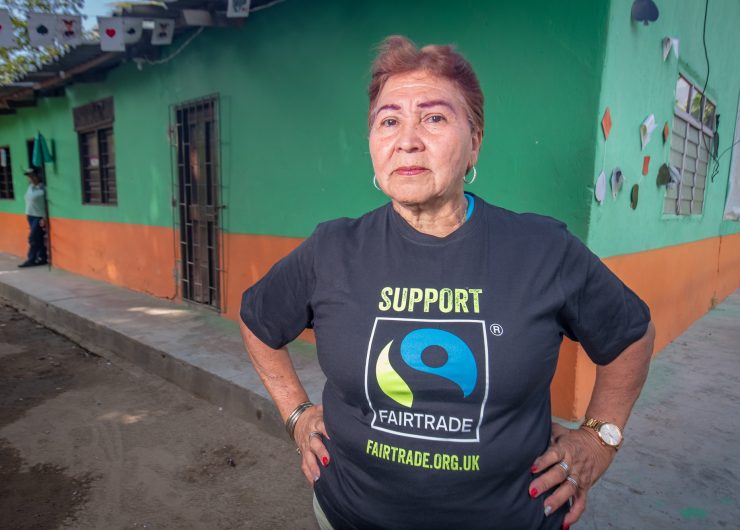
Campaign with us
Join us in demanding a fair deal for the farmers and workers behind our everyday foods and goods by amplifying the people and the causes you care about through our campaign advocacy.


